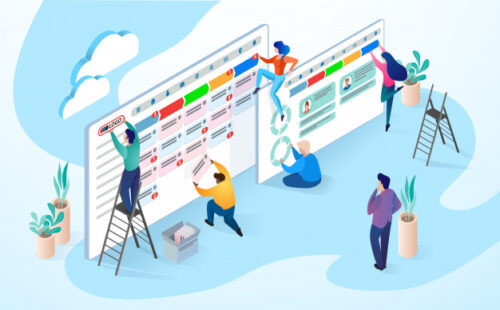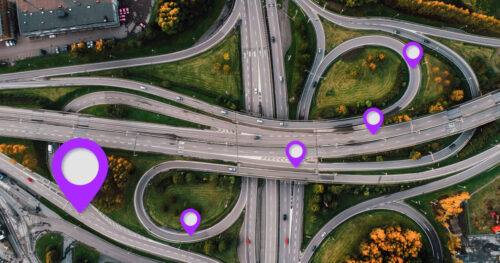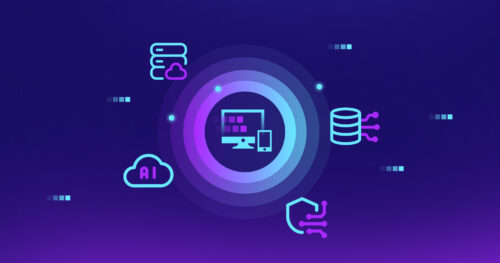Migration from on-premises to AWS cloud for Tera app
The DigitalMara team helped migrate a software product from an on-premises server to the AWS cloud. This transition opened opportunities for the client to scale up, while increasing performance and stability.
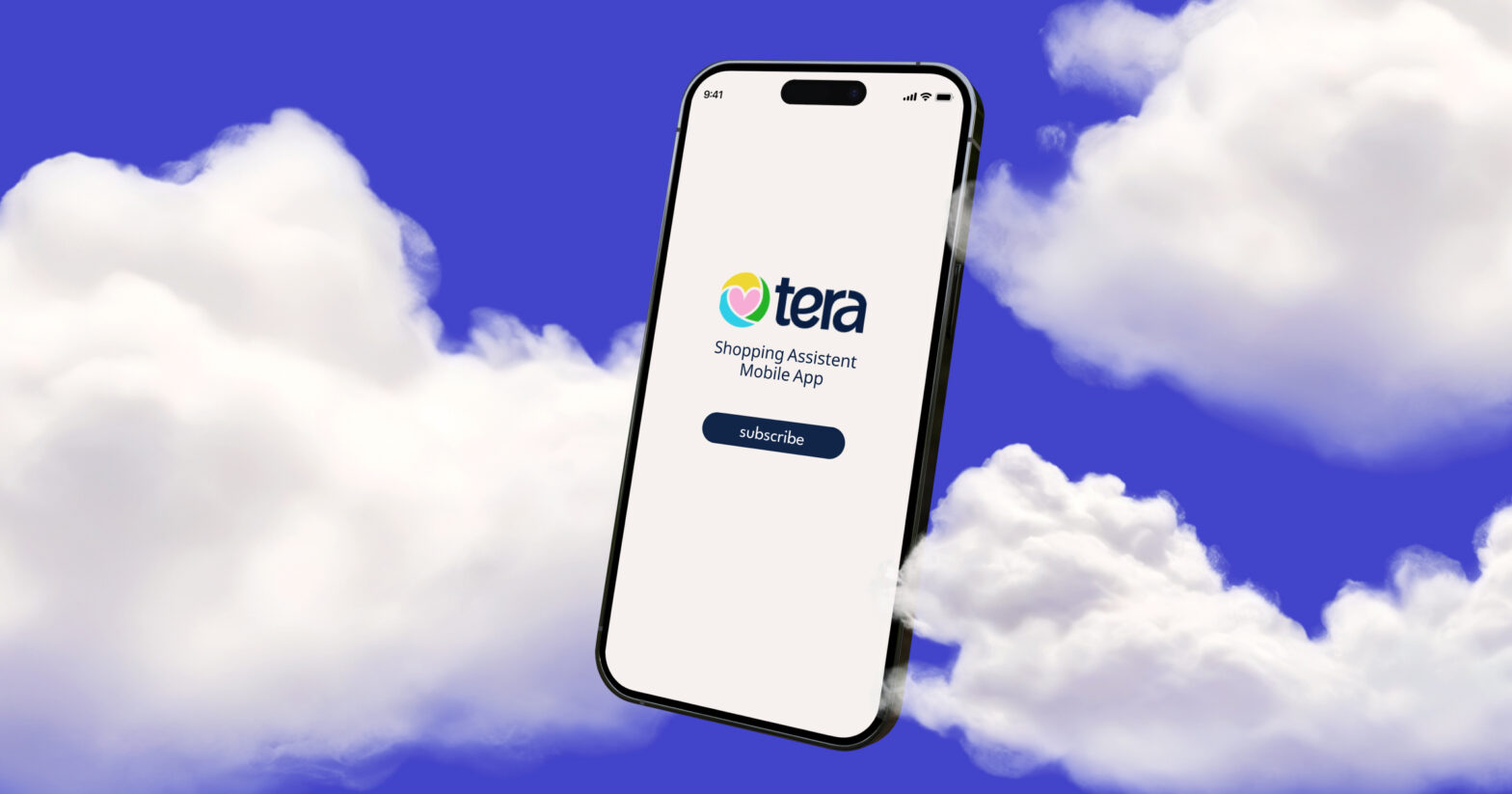
About the client
EcoWarrior inc
Our client EcoWarior inc is a US-based startup that offers solutions for sustainable and eco-friendly shopping. Under one umbrella they have a web store, mobile app, community website and their own Identity Provider (IdP) system.
Challenge
The client’s first request was to scale the project and increase stability. The special feature was that they used an on-premises server. Our team quickly encountered several challenges that affected implementation. First, the cost issue. The client paid a significant amount for the on-premises server, which was not cost-effective. Second, maintenance issues arose. Problem-solving by the host was slow. If the server went down, recovery could take up to a day, causing substantial losses for our client.
Approach
Recognizing all issues, we decided to explore alternative solutions. We evaluated the options of moving the software to another local server or transitioning to the cloud. After careful consideration, AWS emerged as the ideal fit for our project requirements, due to its numerous benefits for both business and development.
AWS offers a low probability of server crashes, with reliable backup systems for quick restoration. It also provides load balancing and auto-scaling of resources, ensuring that the number of servers increases automatically with rising demand. Additionally, AWS has a flexible structure, allowing the client to reduce costs when necessary, which is especially beneficial for startups. This setup grants more control over the system and enables quicker issue resolution, making AWS the optimal choice for our client’s needs.
There were three crucial stages in the project:
- The first stage involved creating a new architecture of applications, including autoscaling and balancing.
- Next, we transitioned the existing codebase to this new architecture. Since not all of the code was ready for cloud integration, we had to address compatibility issues.
- In the final stage, we introduced the new architecture and migrated the system to the AWS cloud.
The process was gradual, given the system's multi-server setup, requiring a sequential transfer. The IdP system was prioritized first because it was not fully in use, which simplified the process. The second priority was the web store, which was the most significant component and required special attention. Then came the backend of the mobile app and the community website. This methodical approach ensured a smooth and effective transition to the cloud.
Also, our recommendation was to implement a monitoring system. This system enables better control of resources, monitoring of system operations, and receiving of alerts, ensuring optimal performance and swift issue resolution.
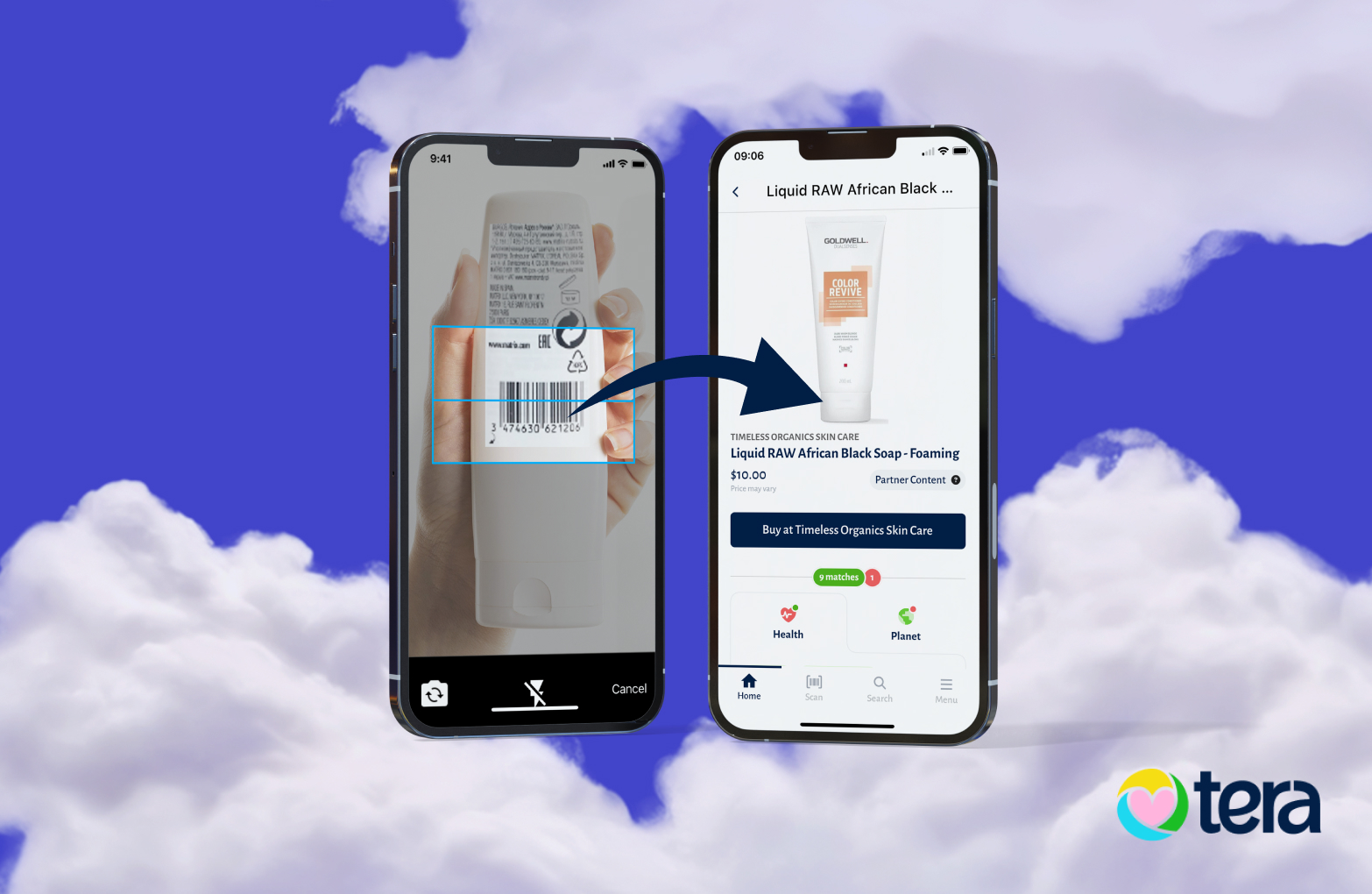
Results
The client received a solution with a high level of scalability and stability. The system is now capable of handling over 1,000 requests per second, ensuring robust performance even under heavy loads.
Get case study as PDF
Thank you
The PDF has been sent to you via email. If you have any questions, please don't hesitate to reach out to us.






